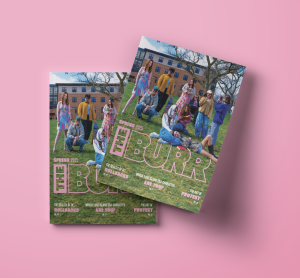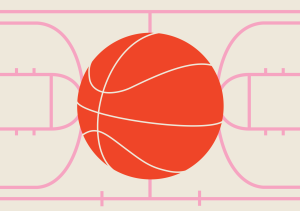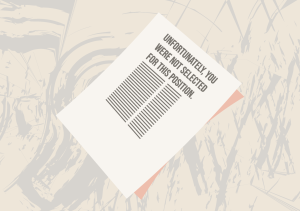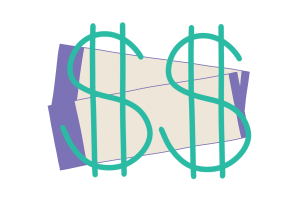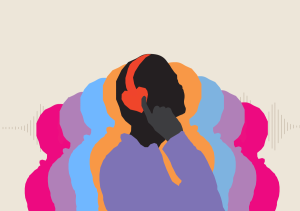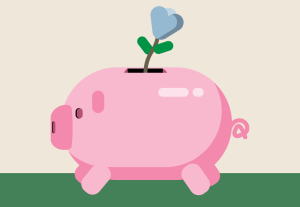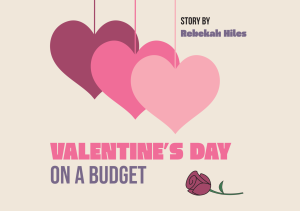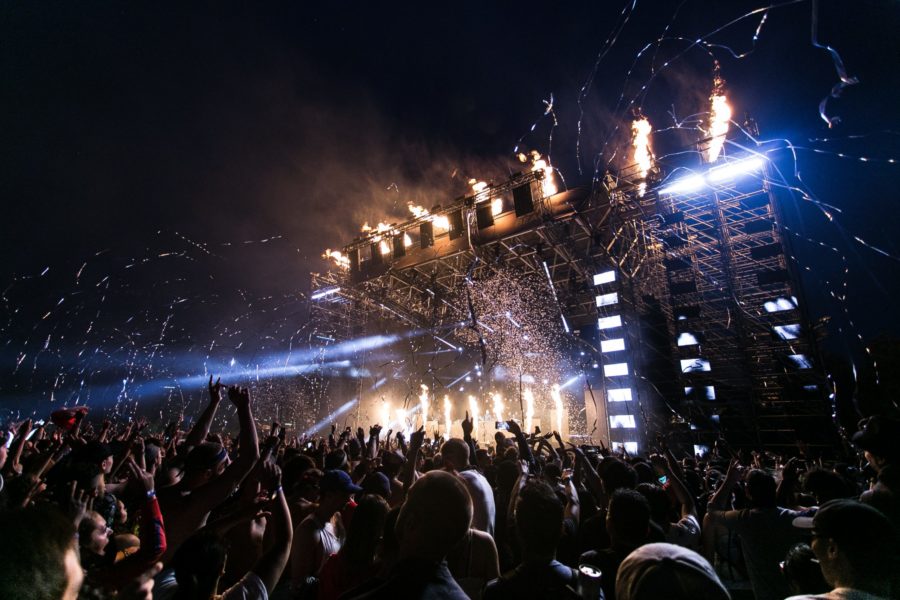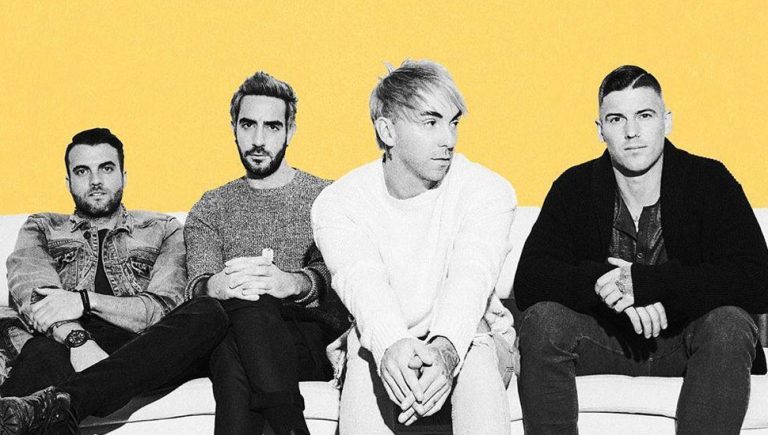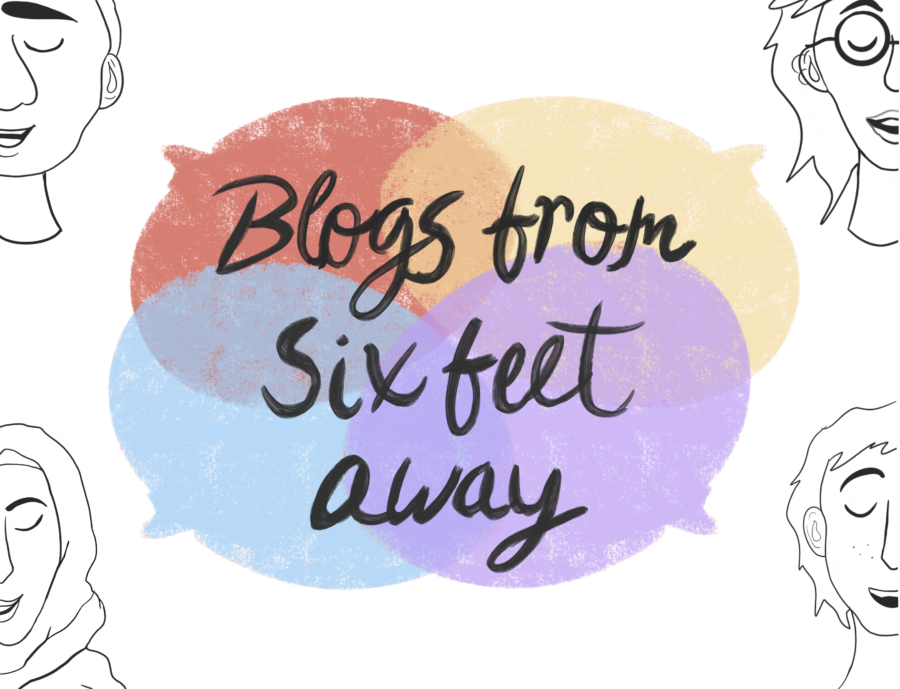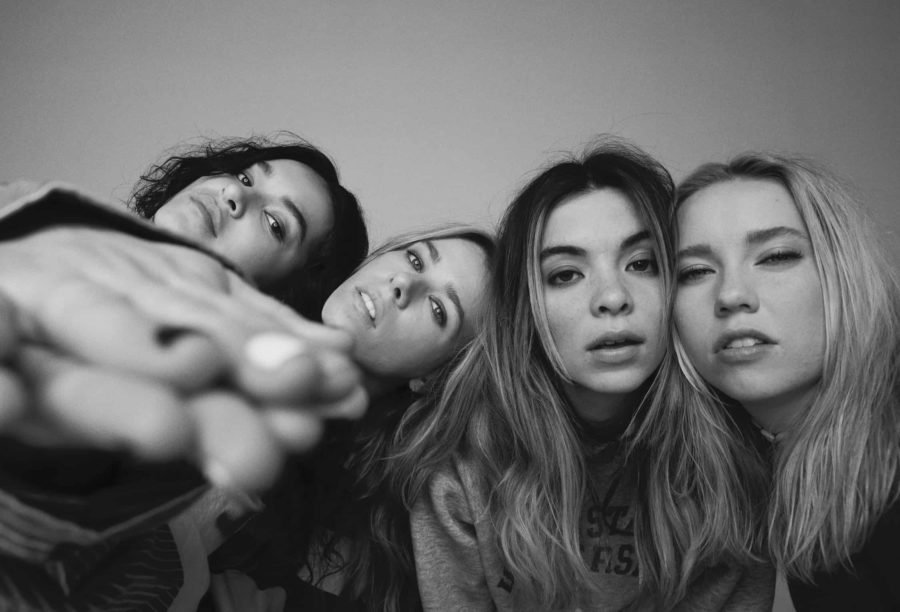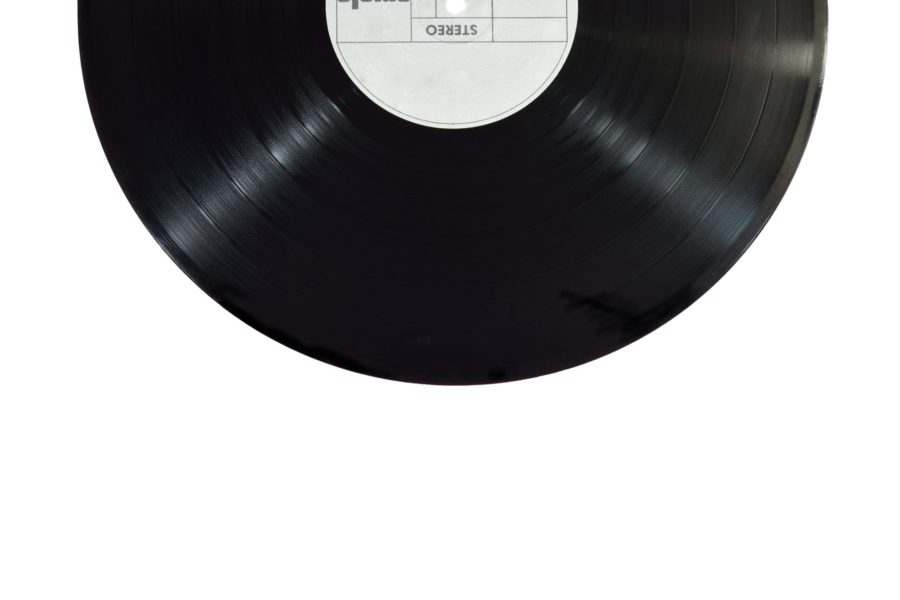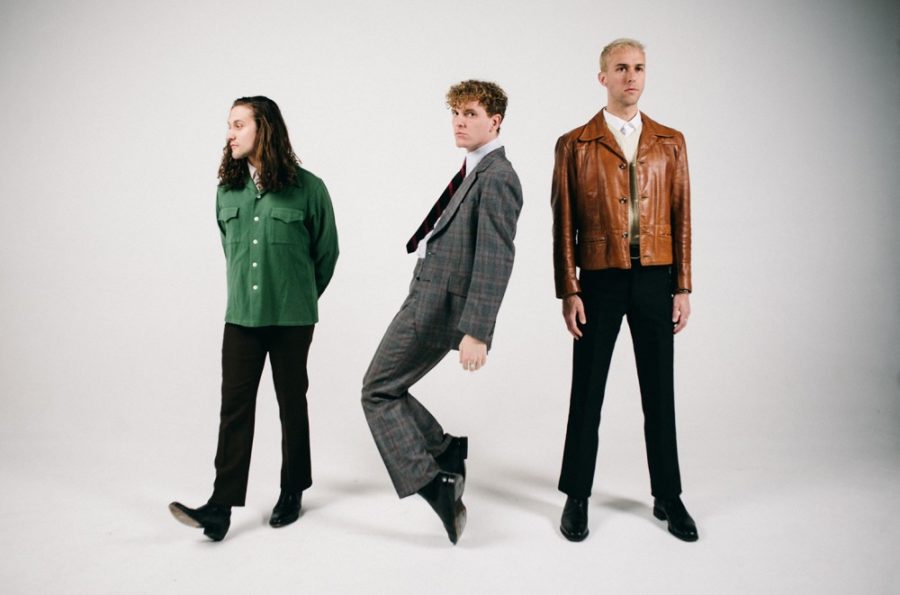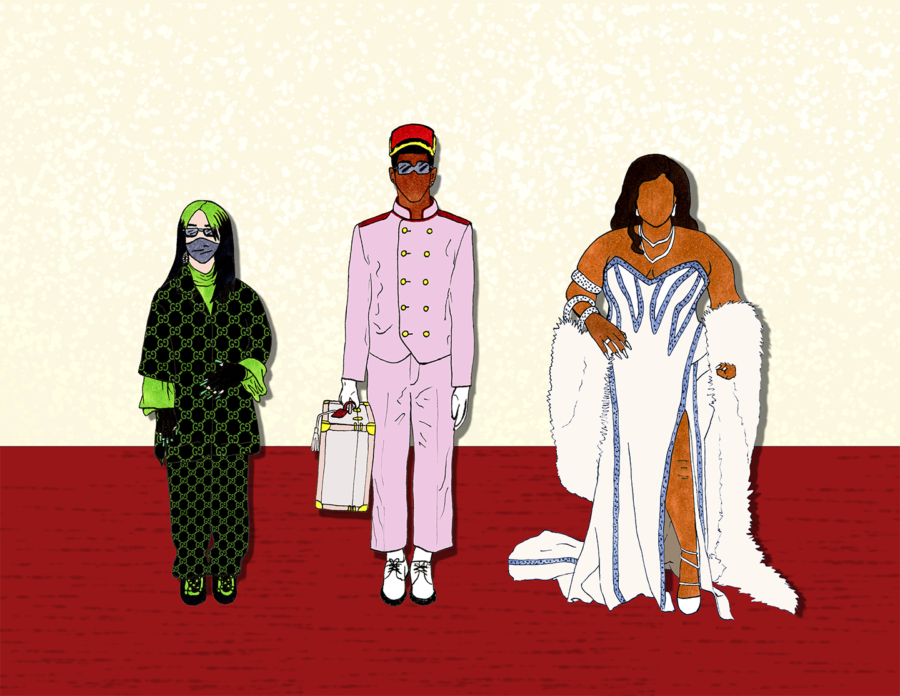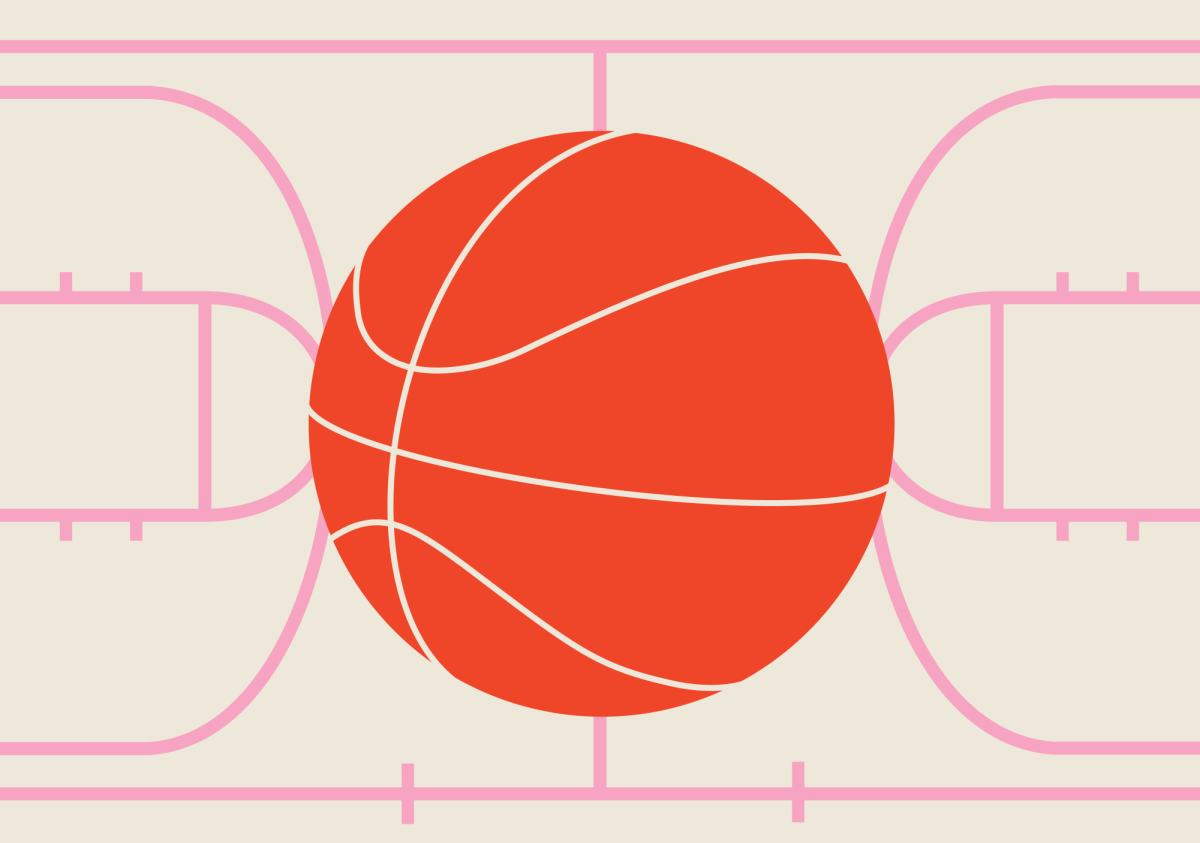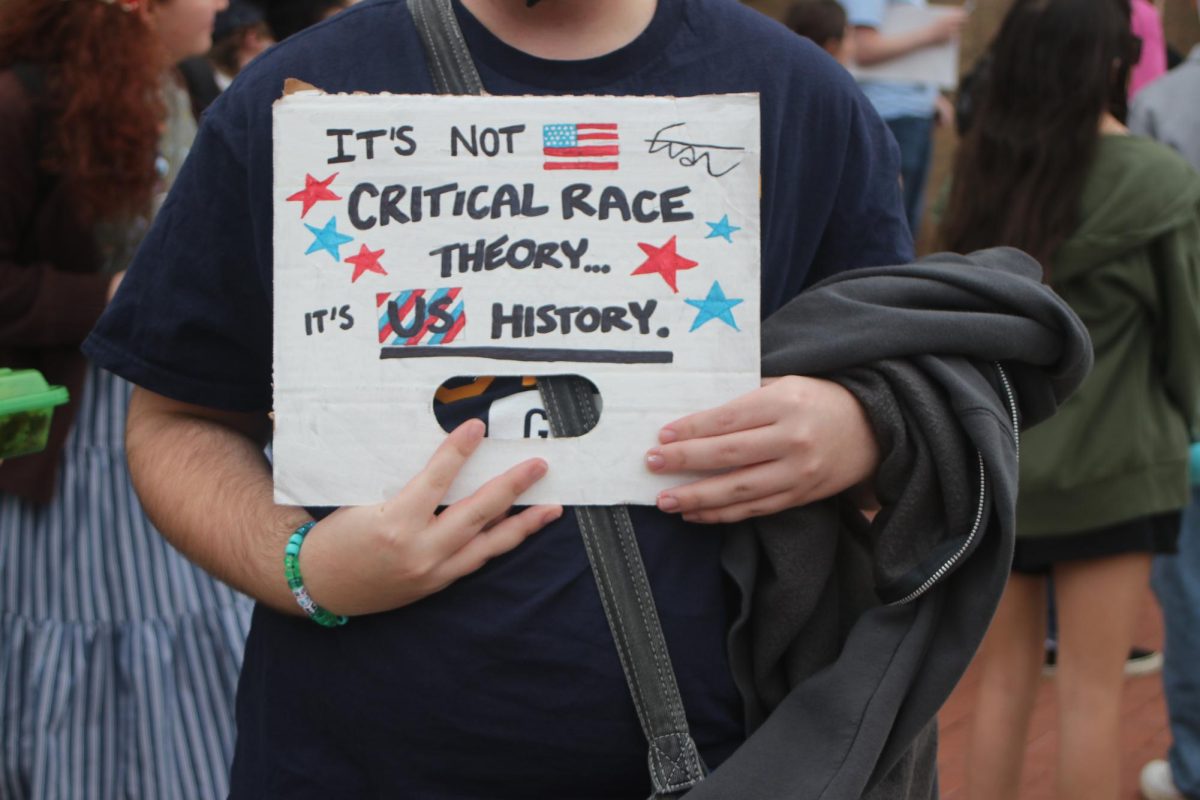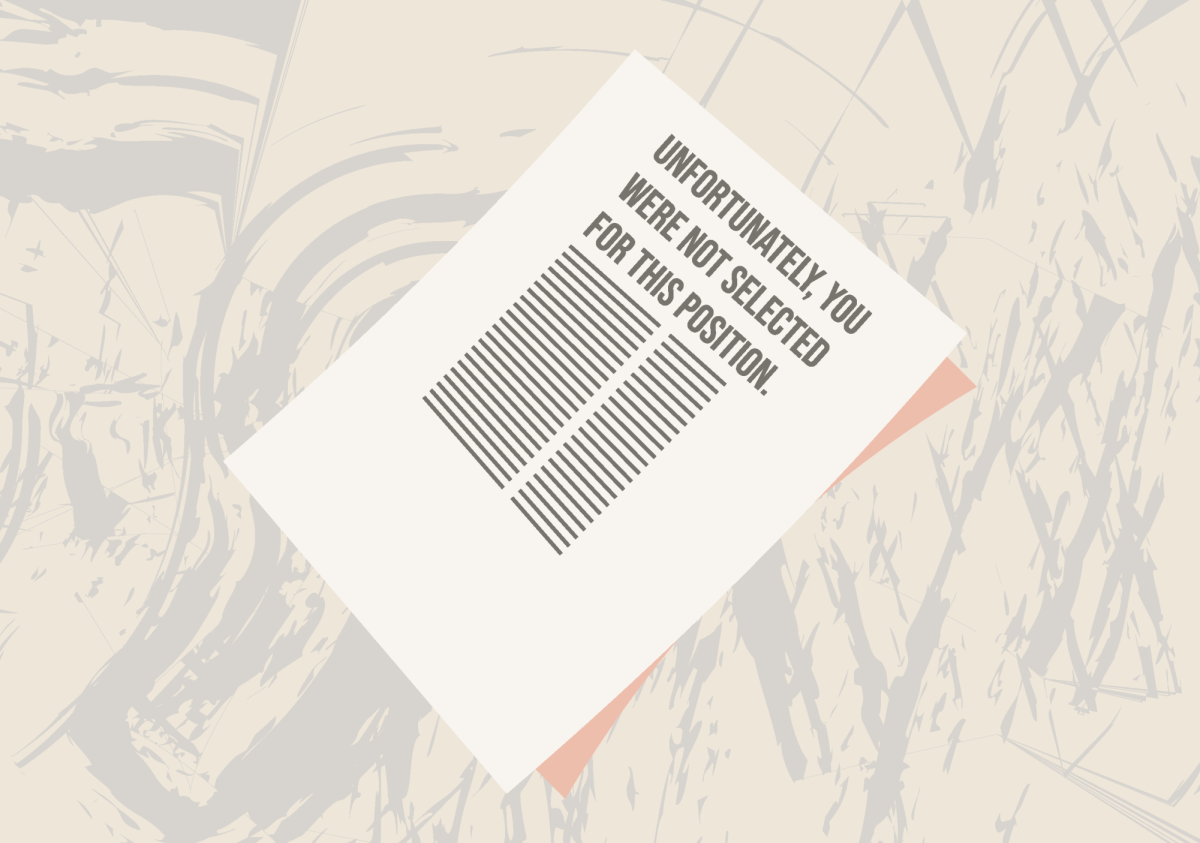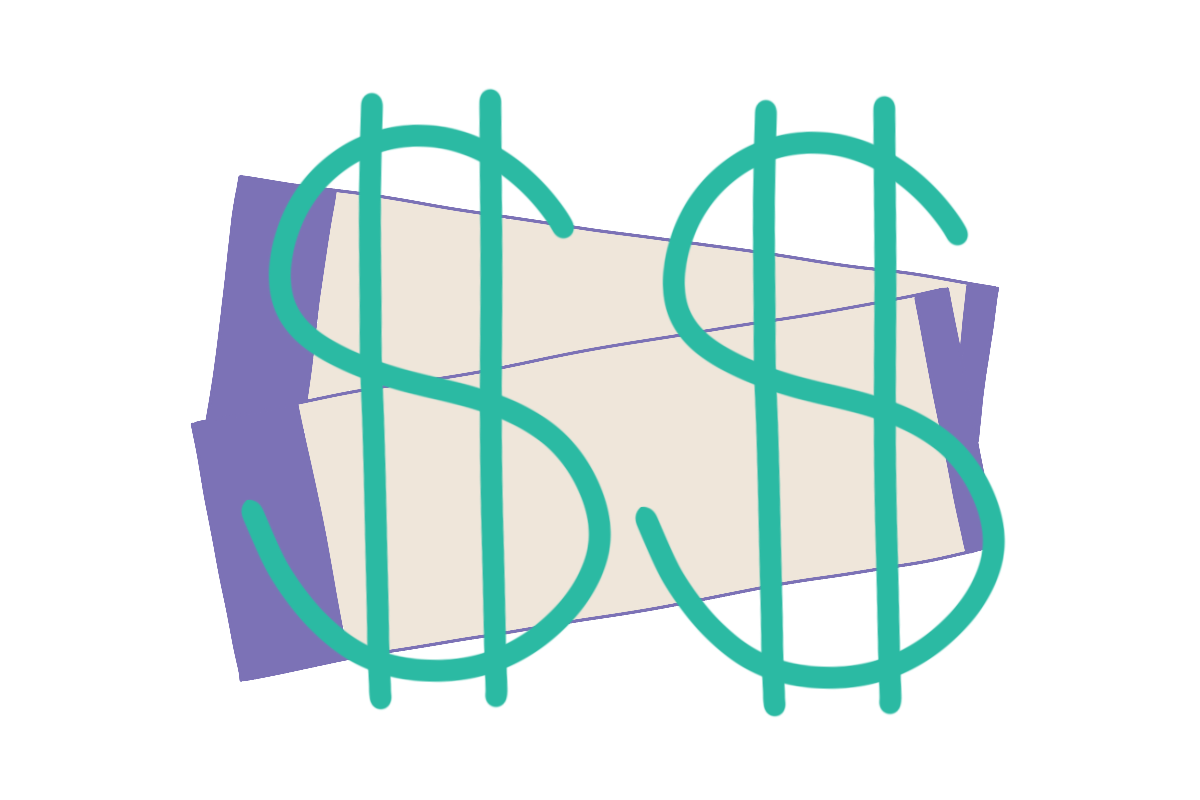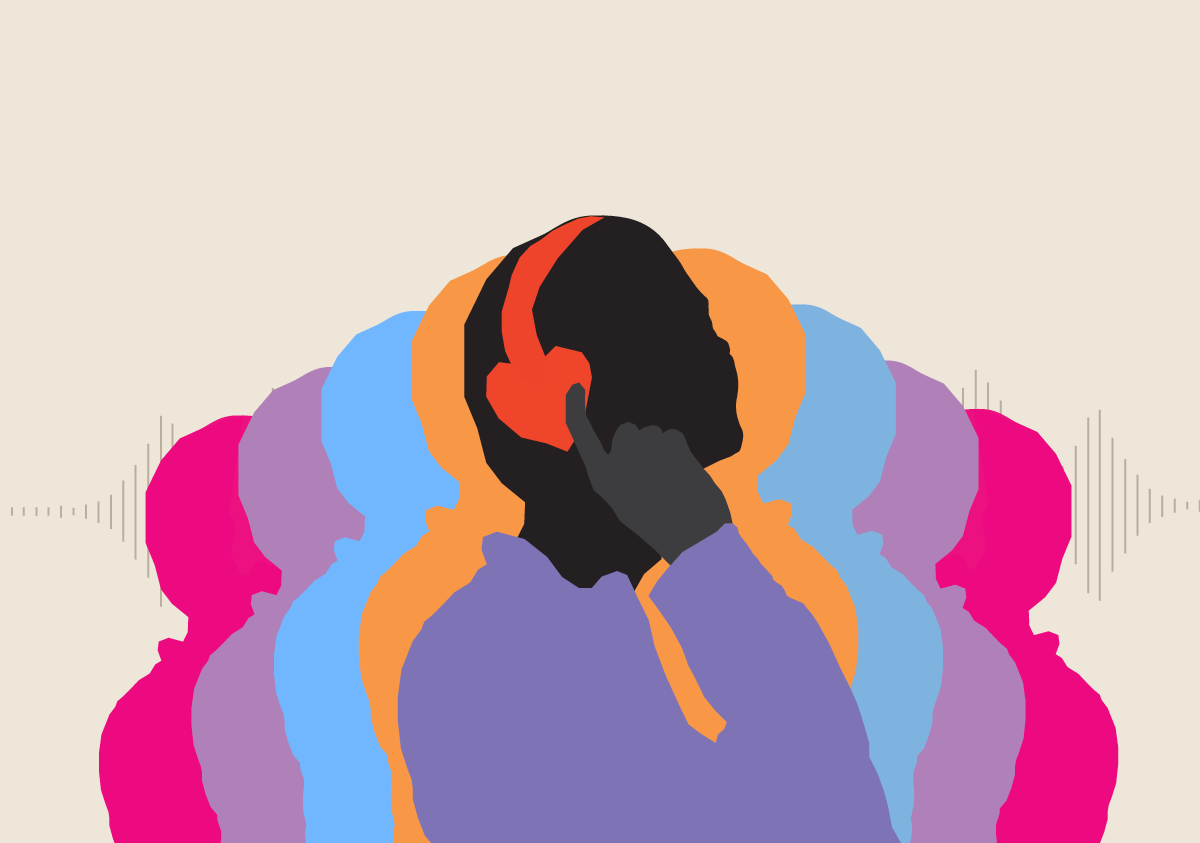“Only one more week until I get to hug you!” my best friend Macie exclaimed as soon as I accepted her FaceTime call at the beginning of March.
In exactly a week I would leave behind my shoebox apartment in Kent, Ohio to embark on an eight-hour road trip to Nashville, Tennessee where I would not only get to see Macie and half a dozen other friends but get to go to a concert with them. Yes, through my volition I was driving almost half a day’s worth away to see the indie-pop band COIN, despite the fact that they would be stopping in Ohio not once, but twice (one date at the House of Blues in Cleveland, only an hour away from me). While COIN set the date and time for my trip, the main reason I was going was to see my friends, people I have met online through bands like COIN. That is why this trip south was so important to me: I would finally be in the physical presence of some of the most important people in my life.
Five days before the show, Kent State announced all classes would be moving online until Easter in the hopes of reducing the spread of the coronavirus. The show didn’t cross my mind. I was too concerned with figuring out what I was going to do: should I pack up and move home for five weeks, should I stay in Kent, should I even be worried about all this?
Two days before the show AEG and Live Nation, the two largest concert promoters in the United States, announced that all live shows would be postponed or canceled. Two days. I was two days away from what I thought would be the best day of my year.
I teared up on FaceTime with my friend Averi, who I was also supposed to see in Nashville.
“We were so close,” I told her.
“The worst thing about this pandemic is that it happened so quickly,” Averi said. “Every day that weekend another concert got canceled. It was a bummer because concerts are something you look forward to for such a long time. Being at shows with my closest friends dancing to music I love from artists I look up to is such a special experience. To have that taken away with no timeline of when it will be restored is very disorienting. You don’t know what to do with yourself anymore.”
Live music brings hundreds, sometimes thousands, of people together for a night of magic. The problems of the real world slip away and there are no strangers in the crowd, everyone is family. Musicians and fans get to connect with each other over their love for music. Not only that but the music industry creates almost 2 million jobs across the country, according to the U.S. Census Bureau.
So what happens when the industry is forced to completely change how it operates?
The coronavirus has forced presidents and officials to make strict policies regarding public health in an effort to curb the spread of the virus. In Ohio, Governor Mike DeWine banned gatherings of more than 10 people, effectively prohibiting any concert or live music show from going on as planned.
It was quickly clear that going to Nashville was not going to happen but, as sad as that revelation was, my friends and I also realized we were not the most impacted variable in the situation. We could get refunds or have our shows rescheduled to different dates without our bank accounts suffering hefty losses. We could video chat with each other and stream COIN’s music from our bedrooms.
Artists whose livelihood is making music and touring are the real victims of the current music industry.
“Touring and live gigs alone, which has now become the major source of revenue for most musicians, cannot continue,” Scott Hallgren tells me. An assistant professor in the School of Journalism and Mass Communication at Kent State, Scott has worked as a sound editor, boom operator and composer on many films, TV shows, music videos and games over the span of his career. He was also a touring and studio musician for a host of acclaimed artists such as Sir Elton John and Donna Summer. “Bus and plane travel, small and large venues, interacting with fans and rehearsal spaces are out until we have a vaccine.”
In a world where they are no longer able to make a liveable income from record sales and streams, many artists rely on touring to keep them afloat. If they don’t make any money, artists aren’t able to pay for studio time to record new songs, which will prevent them from touring a new album. This directly impacts fans by depriving them of new music and live shows where they can feel more connected to the artist.
According to Rolling Stone, artists can make money a variety of different ways:
- their song is purchased from a digital store
- a film pays for the rights to use a song
- a ticket is bought to live shows/festival cuts check to have artist perform
- advertisers pay to use a song, or an artists’ likeness, in an advertisement
- merchandise such as clothing, stickers and water bottles are bought
All those options for paydays sound great, but when you look at the actual finances, big artists are the ones to get lucrative payouts from things like purchasing songs or buying tickets while small artists get scraps. A 2018 Wall Street investment bank report from Citigroup found that while consumers are spending the most money ever on music — over $20 billion a year — the average artist only takes home 12% of that (around $5 billion).
“Recognize that the consumer ‘convenience’ of iTunes and Spotify has destroyed the livelihood of many songwriters and musicians,” Scott told me. “‘Free’ or ‘cheap’ music has long-term consequences.”
A major reason for that $15 billion gap is because the music industry is largely still operating as it did decades ago when music was sold in stores and physically bought by consumers, not licensed and streamed on the internet. Citigroup’s analysts estimate that over time the gap will decrease and the superfluous middlemen will be cut out as the industry evolves to catch up with the rapidly evolving digital age we live in. While this will give back more money to artists in the long-term it won’t help struggling artists in the present. Until the industry updates, artists can bolster their paychecks with revenue from other avenues, right? Theoretically yes. The biggest way? Touring, of course. According to Soundcharts, after paying the agent, tour promoter and manager, the average artist can walk away from a tour with six figures.
Since Woodstock in 1969, music festivals have become an industry staple, and for many small artists, great potential for exposing their music to unfamiliar ears. There are the big ones like Coachella, Lollapalooza, Governors Ball and Bonnaroo, but many small niche festivals have risen in popularity over the years. Festivals are a less exhaustive and expensive way of making money than embarking on a long cross-country solo tour. Headliners like Beyonce and Ariana Grande have gotten paychecks in the millions for the sets, but small artists can still walk away with five-figure deals, according to Variety. For a small artist who can’t finance a tour but still wants to play live shows, festivals offer an enticing deal: play a set to people who may or may not know your music and get new fans who, in turn, will be future consumers of your music down the line.
This is why the coronavirus has hurt artists so badly. Suddenly one of their biggest forms of revenue is just nonexistent.
It started with a couple of postponed shows in Asia and Europe. Then SXSW and Coachella were affected. The dreamy weekend I was meant to see COIN turned into a nightmare as live shows were being canceled and postponed left and right. Everything from underground hole-in-the-wall gigs to massive arena tours were forced to press pause.
Now, a huge chunk of income for touring artists has disappeared.
Marisa Dabice is the frontwoman for the punk band Pussy Mannequin and had to cancel their 2020 tour in light of the coronavirus. “My f**cking tour just got canceled ten minutes ago!” she told Vulture mid-March. We just lost all of our income that we were gonna be living off of for the next six months – somewhere in the ballpark of $80,000, and that’s a modest estimate.”
Alt-indie band Good Morning had just started touring in March. “We played four shows into the tour,” band member Liam Parsons said. “We took a massive financial hit from this. I haven’t sat down and done the math yet, but we’re at least down $10,000 on money already spent.”
Many artists have turned to social media and live stream their music from the safety of their homes. Every time I open Instagram, I see different artists are live streaming themselves playing and singing their songs. Everyone from Mick Jagger to Niall Horan to YUNGBLUD to Coldplay are turning to social media to play their music. Warped Tour founder Kevin Lyman’s 320 Festival aimed at promoting mental health awareness moved online. These online performances not only give artists a way to promote their music but allow them to intimately interact with their fans on a level that can’t ever really be achieved at live shows. Artists can read comments from fans, hold Q&As and even give fans the opportunity to go live with the artist, like they are video chatting.
“Live streaming has the potential to scale concerts to the same level as recorded music,” Pitchfork said. “The biggest artists can reach hundreds of thousands, or even millions, of viewers around the world with a single show. It’s also much easier for fans to jump from one show to the next in a virtual environment and to build their own self-directed “lineups” in a given day or week based on their own interests.”
English punk rockstar YUNGBLUD had a cross-country United States tour planned for this spring, but after it was canceled he didn’t want to give up and let his fans down.
“I woke up one morning after my shows were canceled and was like, ‘You know what? F*ck this,’” he told Vulture. “I need to feel that connection and noise, that energy. There’s gonna be no literal noise from the audience, but there’s gonna be noise online. You’ll be able to comment on the livestream. I’m gonna be playing songs, gonna bring some of my friends out, do some skits and do a late-night show – like a rock and roll version of f*cking Jimmy Kimmel. Try to give people a bit of positivity, laughter and emotion.”
While fans are able to enjoy their favorite music from the safety of their home, it is also important to be informed about ways to help artists that will actually put the money in their hands.
Some artists are gently reminding fans that they are more than welcome to give money directly to their favorite artists via Paypal or Venmo if they are able to. While the financial reward to live streaming is nowhere near that of touring, many artists are raising money during their streams for various charities like Feeding America, MusiCares, Crew Nation and Samaritan Purse, to name a few.
Others have found creative ways to drum up business while curing the boredom many fans face being stuck in their houses. North Carolina singer-songwriter Benji Hughes is offering to write personalized songs for fans for a modest fee while UK pop singer L Devine having a virtual “URL Tour” on various social media platforms such as Twitter and TikTok after her actual tour was canceled.
In such an unprecedented time, fans should be doing everything they can to support their favorite artists. For example, if a show is postponed, consider holding on to the ticket instead of requesting a refund. The ticket will be honored whenever the show is rescheduled so you don’t have to go through the hassle of purchasing a new one and you’ll be giving the artist a boost. There is a multitude of resources for musicians struggling during this time that you can donate to like the American Association of Independent Artists and the Music Health Alliance. For fans who are not able to give money, another way to support artists is to just talk about them to family, friends and anyone who will listen. Get their name out there to people who haven’t heard of them. Call radio stations and request their songs. Anything that will give struggling artists more exposure will ultimately help them.
However, the number one absolute best way to support an artist is by buying merch. Purchasing just one t-shirt from an artist is equivalent to streaming just one song 6,000 times. And the money doesn’t get caught up in middlemen like record sales and streams do. The money goes directly to the artist.
“Buying merch is basically the number one way you can help an artist,” folk singer Caroline Rose told Rolling Stone. “Streaming doesn’t do anything, most of my income comes from merch.”
The pop-rock band Savoir Adoire agrees: “Very often that is money the band can see quickly, as opposed to streaming, which takes months, or longer.”
“When a fan buys T-shirts, records, CDs, pins, sweatshirts, or whatever the band has to offer, it can mean the difference between a meal and none,” Vice said.
What is Scott’s advice on helping artists?
“Check out tiny desk concerts, or in-home shows that have started popping up,” he said. “Look for artist releases on indie labels, and support local music. Buy merch, follow your favorite artists and bands online and share them.”
On a dark and rainy Monday night in the middle of April I sat in front of my computer in my childhood bedroom with my COIN merch surrounding me. I watched as, one by one, my friends’ faces popped up in our Zoom video call. After the coronavirus sent us all packing our college dorms and apartments up and moving home, away from Nashville, we all resolved to have one Zoom call a week to stay connected. But today was special: it was Zoom Fest. Since we had to go cold turkey on live shows so quickly with no warning, I brought the live shows to us.
Feeling very much so like a professor giving an important lecture I shared my screen with everyone and played videos of our favorite artists taken on tours and at festivals long before the coronavirus was a thought in our minds.
If I squinted a bit, it almost felt like I was in a sweaty crowd in Nashville jumping along to all my favorite COIN songs.

